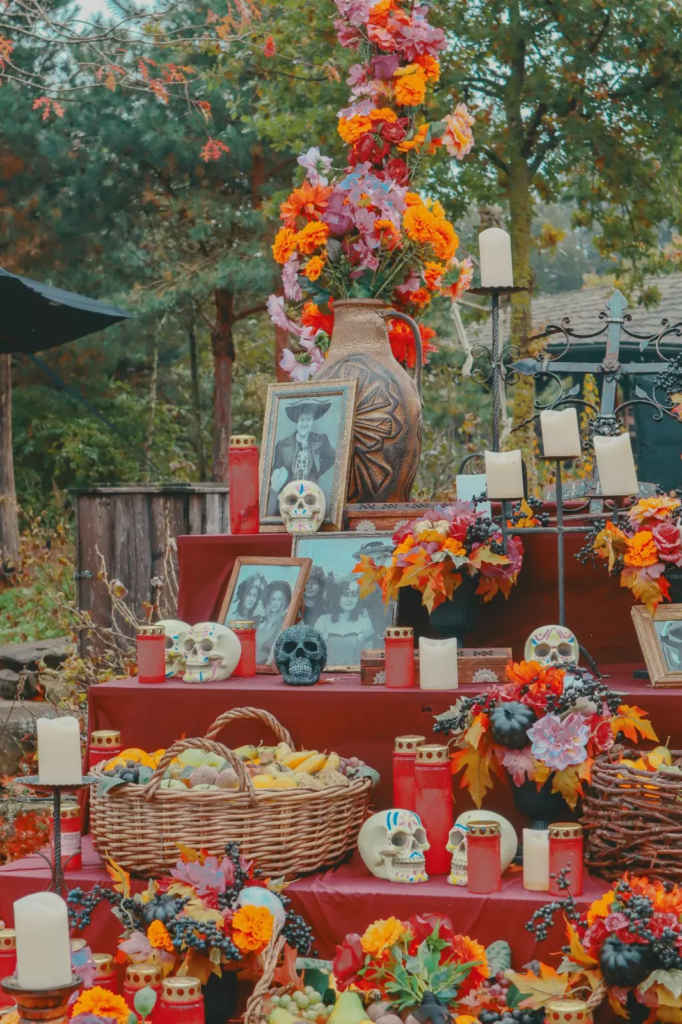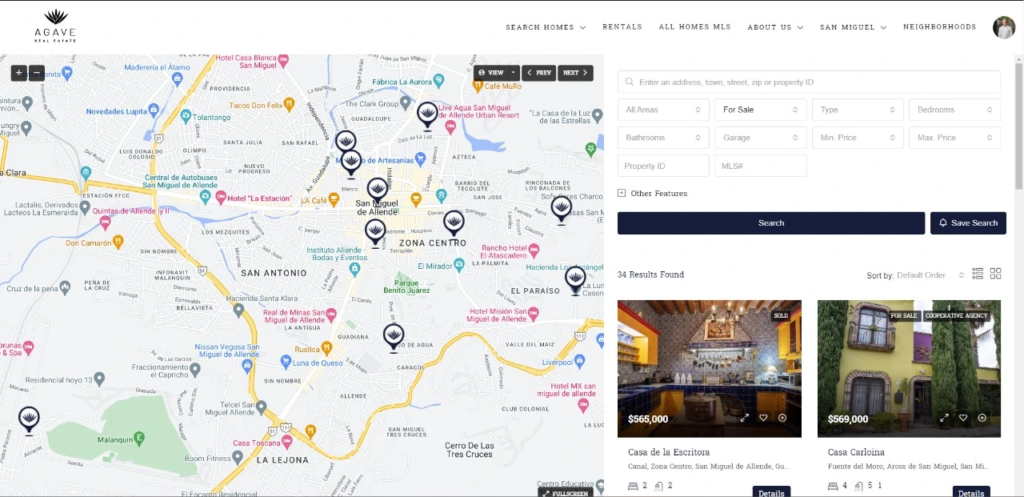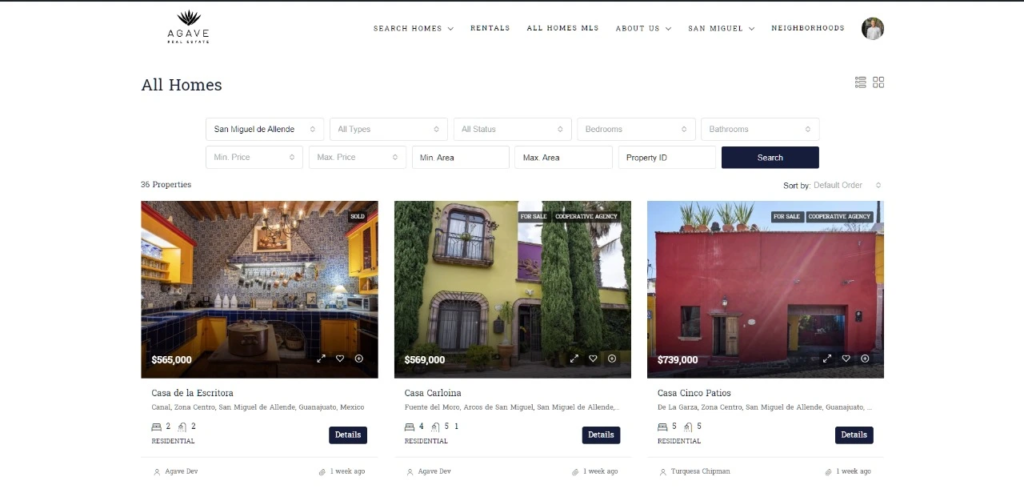Step into the enchanting world of Dia de los Muertos as San Miguel de Allende, Mexico, transforms into a vibrant tapestry of color and celebration. This magical festival, meaning “Day of the Dead,” honors the departed with lively music, intricate altars, and joyful processions. Here, the lines between life and death blur as locals and visitors come together to honor their loved ones in a truly unique way.
San Miguel de Allende, with its colonial architecture and cobblestone streets, provides the perfect backdrop for this extraordinary event. From the bustling main plaza to the quiet corners of the city’s many ancient churches, every corner tells a story. The air is filled with the scent of marigolds and the sound of laughter, as families gather to rejoice in the memories of those who have passed.
As you navigate the bustling markets filled with sugar skulls and papel picado, you’ll feel the energy and warmth that permeates the city during Dia de los Muertos. It’s a time to celebrate life and death, to honor the past, and to embrace the beauty of the present moment. Come, unleash the magic, and experience the awe-inspiring pageantry of Dia de los Muertos in San Miguel de Allende.
The Significance of Dia de los Muertos in San Miguel de Allende
Dia de los Muertos holds deep cultural significance in San Miguel de Allende. It is a time when the community comes together to remember and honor their ancestors and loved ones who have passed away. The belief is that during this time, the spirits of the departed return to the earthly realm to be reunited with their families. This celebration is not about mourning death, but rather a joyful commemoration of life. It is a way to keep the memories of the departed alive and to celebrate the cycle of life and death.
In San Miguel de Allende, Dia de los Muertos is a fusion of indigenous traditions and Catholicism. The festival blends pre-Hispanic beliefs with the rituals brought by the Spanish conquistadors. This unique blend creates a vibrant tapestry of customs and traditions that are deeply ingrained in the local culture. San Miguel de Allende embraces this celebration wholeheartedly, making it one of the most authentic and immersive Dia de los Muertos experiences in Mexico.
History and Traditions of Dia de los Muertos
The history of Dia de los Muertos dates back thousands of years to the indigenous civilizations of Mexico, such as the Aztecs and Maya. These civilizations believed in an afterlife and had elaborate rituals to honor their deceased loved ones. When the Spanish arrived in Mexico in the 16th century, they brought Catholicism with them, which merged with the existing indigenous traditions to form Dia de los Muertos as we know it today.
One of the most iconic symbols of Dia de los Muertos is the sugar skull. These intricately decorated skulls are made from sugar and are often personalized with the names of the deceased. They are placed on altars along with photographs, favorite foods, and other items that were loved by the departed. The altars, known as “ofrendas,” are an essential part of the celebration and serve as a way to welcome the spirits back to the earthly realm.
Another important tradition during Dia de los Muertos is the creation of “calacas” and “calaveras,” which are whimsical skeleton figurines and poems that humorously depict death. These artistic representations of death are meant to emphasize the idea that death is a natural part of life and should not be feared. The calacas and calaveras add a playful and lighthearted element to the festival, reminding everyone to embrace the joy of living.
Preparations for the Day of the Dead in San Miguel de Allende
Months before the actual celebration, the people of San Miguel de Allende start preparing for Dia de los Muertos. Families begin gathering the necessary supplies to create their ofrendas and altars. They gather marigolds, candles, photographs, and favorite foods of the departed. The altars are often adorned with papel picado, colorful tissue paper cut into intricate designs, which represents the fragility of life.
The streets of San Miguel de Allende come alive with vibrant decorations as the community prepares for the festivities. The markets are filled with vendors selling sugar skulls, marigold garlands, and traditional clothing. Families come together to clean and decorate the graves of their loved ones, transforming the cemeteries into a sea of color and light.
One of the most important preparations for Dia de los Muertos is the creation of the traditional bread known as “pan de muerto.” This sweet bread, often shaped like a skull or bones, is enjoyed by families during the festivities. It is believed that the spirits of the departed come to taste the essence of the bread, so it is an essential offering on the altars.











